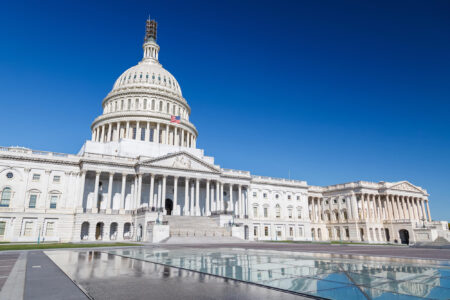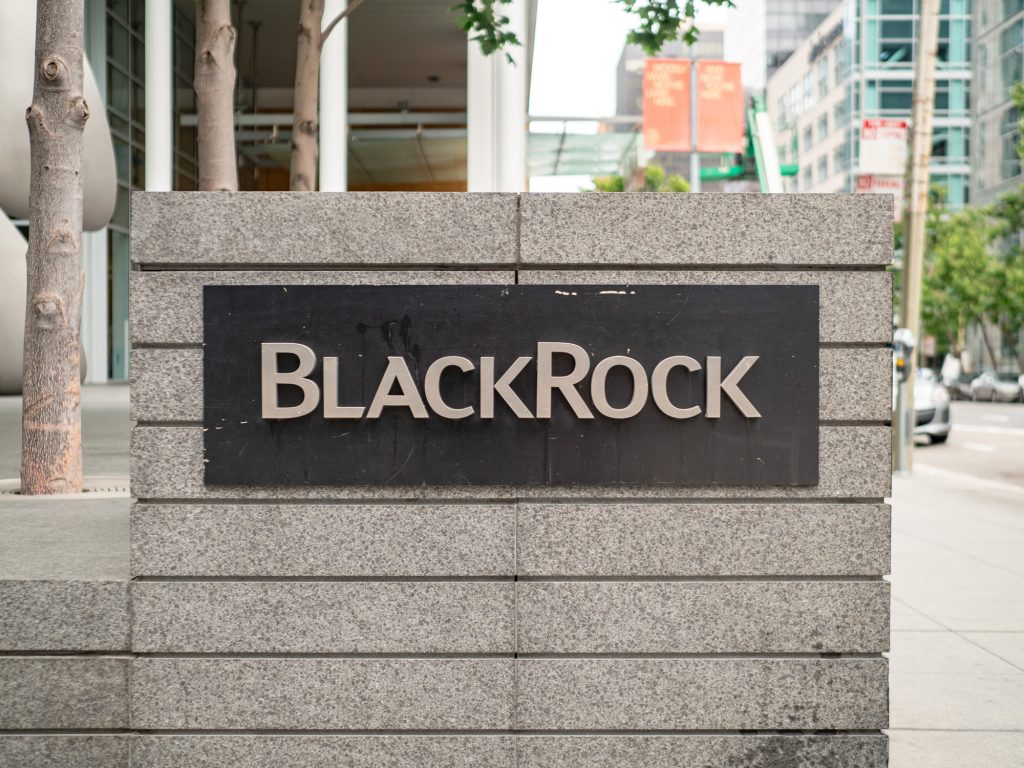Was hat sich diese Woche rund um Blockchain und Kryptowährungen getan? Die relevantesten lokalen und internationalen Geschehnisse sowie ansprechende Hintergrundberichte pointiert und kompakt im Wochenrückblick.
Selected articles of the week:
The US Congress this week passed its first federal law regulating stablecoins. The “GENIUS Act” was supported by Republicans and endorsed by Donald Trump, ultimately receiving bipartisan approval. The law mandates federal or state oversight for dollar-based stablecoins. It requires a 1:1 backing, monthly reserve reports, and prioritized repayments to investors in the event of insolvency. This creates a clear legal framework for institutional players. Since the first draft, US banks such as JPMorgan, Bank of America, Citigroup, and Wells Fargo have been discussing the launch of a joint stablecoin. Additionally, Fiserv plans to launch its own stablecoin, FIUSD, by the end of the year and integrate it into its network of around 10,000 financial institutions and 6 million merchants.
The United States Congress has passed the first federal law regulating stablecoins (the “GENIUS Act”), scoring a win for digital assets.
New momentum for Ethereum
Ethereum is benefiting the most from regulatory progress in the US. As the leading smart contract blockchain for institutional applications, Ethereum recorded over 5 billion US dollars in net inflows for the first time. In just one week, 908 million dollars flowed into ETH products – a daily average of 181 million dollars. This far exceeds the previous average of 23 million and signals growing interest among US investors. The spotlight is now on the anticipated launch of several altcoin ETFs. The SEC recently approved an exotic Solana ETF and opened the door for funds based on XRP and Cardano. However, the launch is delayed as the agency first wants to establish a clearer framework for crypto products.
One year after approval, spot Ethereum ETFs in the US have broken the $5 billion mark in net inflows for the first time.
Third-largest ICO in history
Pump.fun is the leading memecoin launchpad on Solana. Users can create and trade their own memecoins on the platform. In just twelve months, the platform generated 600 million US dollars in revenue at minimal cost. This makes Pump.fun one of the fastest-growing startups globally. Last weekend, the project launched an ICO to finance its next growth phase. 12.5 percent of the maximum PUMP tokens were sold for 500 million dollars – valuing the company at 4 billion dollars. The sale took place via its own platform and exchanges such as Kraken, KuCoin, and Gate.io. Nearly 24,000 KYC-verified wallets participated, and the offering sold out within minutes.
Pump.fun raises USD 500 million in 12 minutes during meme coin ICO – criticism over token allocation, but signs of an ICO era revival are evident.
Global banking giant launches crypto trading
Standard Chartered will soon enable Bitcoin and Ethereum trading for institutional clients in the UK. The British banking giant, with a focus on emerging markets in Asia, Africa, and the Middle East, is responding to rising demand. With total assets of 820 billion US dollars and over 85,000 employees, StanChart operates in more than 50 countries. According to the bank, it is the first globally systemic institution to offer direct crypto trading for institutions. The offering includes spot trading of Bitcoin and Ethereum and will soon be expanded to include non-deliverable forwards (NDFs).
The British bank Standard Chartered (StanChart) will enable institutional clients to trade Bitcoin and Ethereum via its platform.
Bitcoin as a portfolio component
Bitcoin has remained stable above the 100,000 US dollar mark for two months. The rise is supported by clear regulations and strong interest from both institutions and retail investors. What began in 2009 as a digital experiment is now a globally recognized asset class. 21Shares Research highlights the key factors that continue to make Bitcoin attractive as “digital gold” – even at all-time high levels.
Bitcoin above 100K USD: Why institutions, ETFs, and governments are embracing digital gold despite all-time highs.









